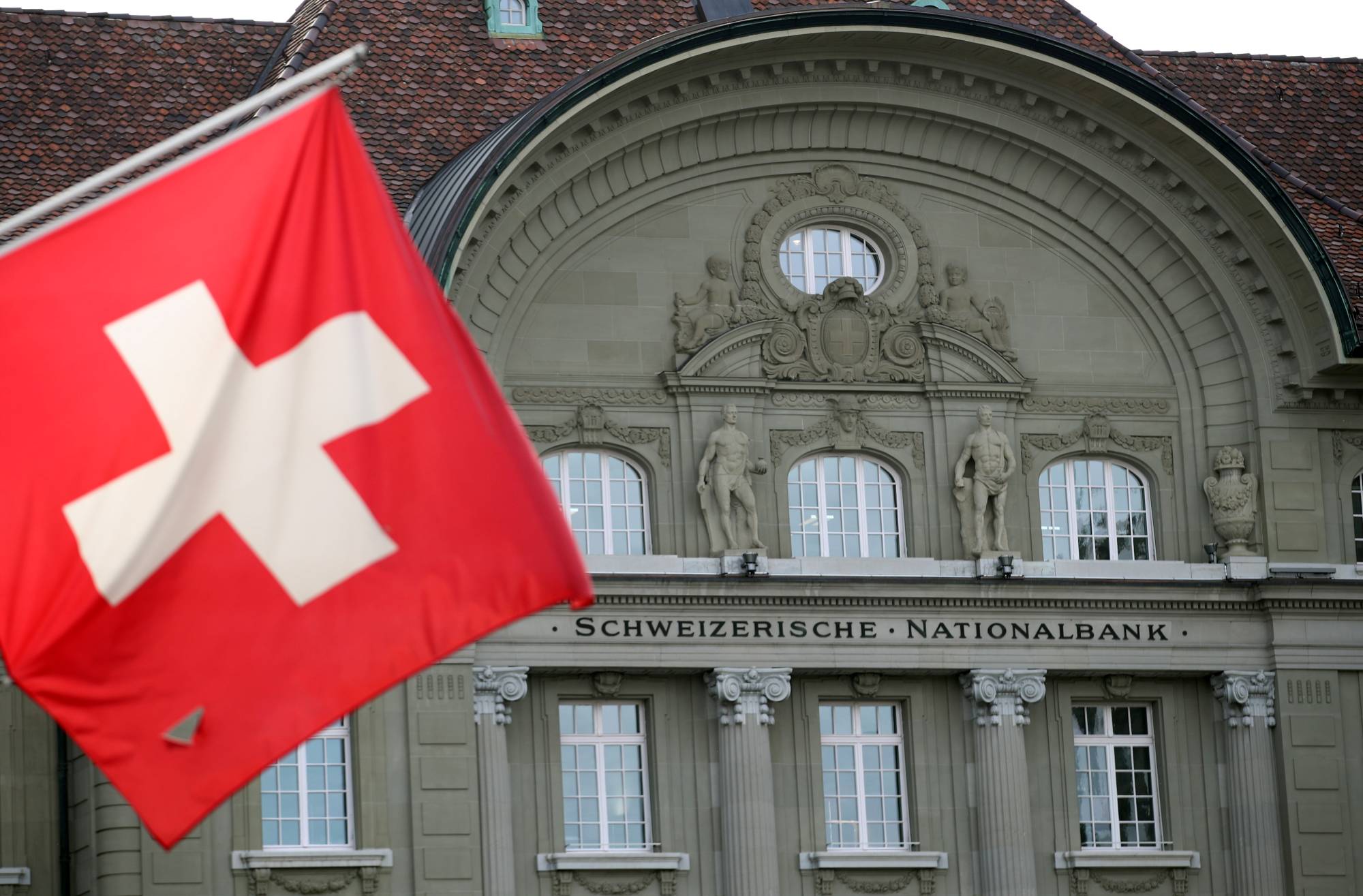“The U.S. dollar and the Swiss franc could be considered safe havens," said Swiss National Bank President Thomas Jordan in an interview with a local newspaper last month.
Conspicuously missing in the Swiss central banker’s comment was the yen. The Japanese currency, which, along with the U.S. dollar and Swiss franc, had long been considered a safe-haven currency — where investors seeking to reduce risk and avoid financial losses parked their assets, especially during times of economic and financial instability like now.
The yen lost its safe-haven status after it continued its downward slide since March this year, to the point that the Japanese Finance Ministry intervened twice when the currency reached around ¥145 in September and ¥152 in October.

















With your current subscription plan you can comment on stories. However, before writing your first comment, please create a display name in the Profile section of your subscriber account page.